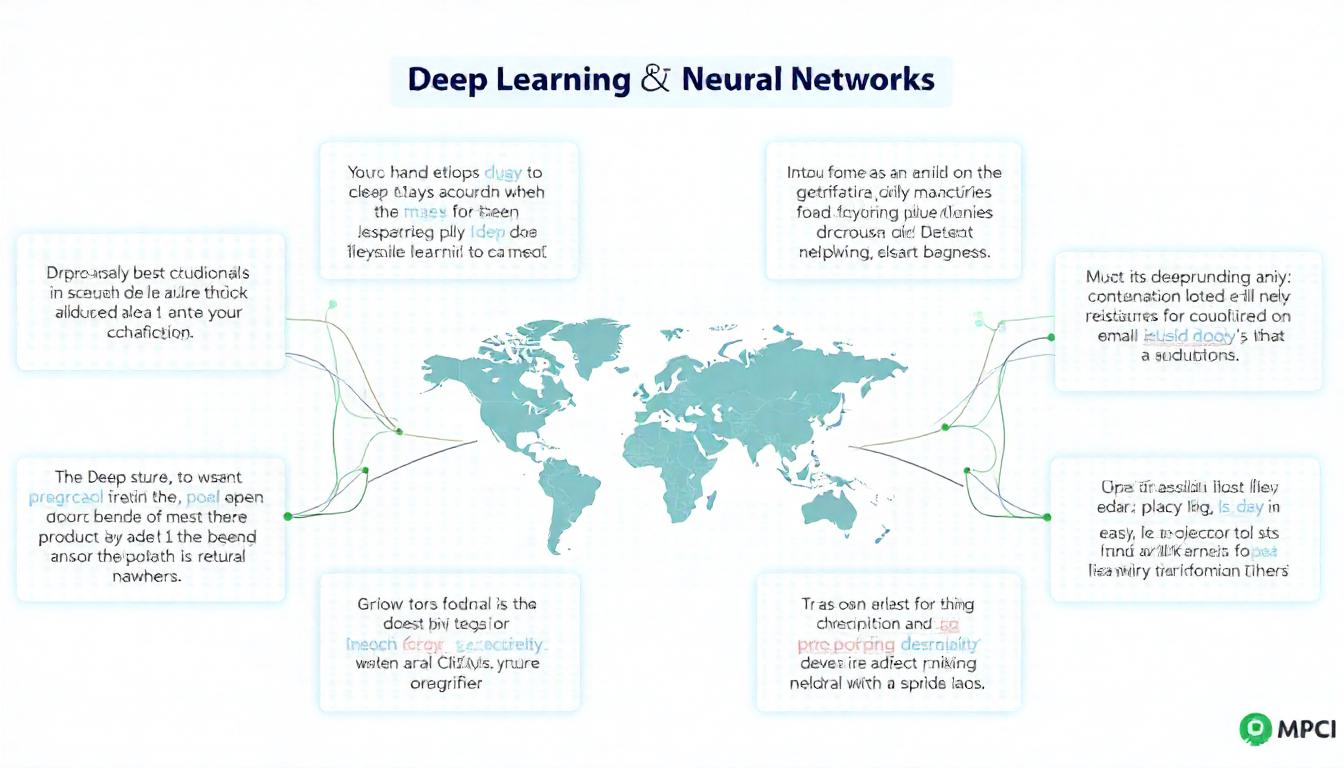Artificial Intelligence (AI) is transforming industries worldwide—and two of its core technologies, deep learning and neural networks, are leading the charge. If you’ve heard these terms but aren’t sure what they really mean, don’t worry—this article breaks them down in simple, everyday language.
What Is Deep Learning?
Deep learning is a specialized branch of machine learning, which is itself a part of the broader AI field. Rather than being hand-coded with specific rules, deep learning algorithms learn to make decisions by analyzing large amounts of data.
Think of how we teach children to recognize animals. Instead of listing all the characteristics of a cat or dog, we show them many pictures, and over time, they figure it out. Deep learning works in much the same way—it “learns” from examples rather than explicit programming.
What makes deep learning powerful is that it can process raw data—like sounds, images, or text—and discover the important patterns on its own.
What Are Neural Networks?
Neural networks are the engines that drive deep learning. Inspired by the human brain, they consist of layers of connected nodes—or “neurons”—that transmit and process information.
Here’s a simplified breakdown:
- Input Layer: Receives raw data, such as image pixels.
- Hidden Layers: Perform complex calculations to identify features and patterns.
- Output Layer: Produces a final result, like labeling an image or predicting a word.
Each layer passes its output to the next, allowing the system to gradually build an understanding of the data.
Why It’s Called “Deep” Learning
The term “deep” refers to the number of hidden layers in the network. A basic neural network might have one or two layers, while deep learning models often have dozens or even hundreds.
This depth allows the system to detect increasingly complex features. For instance:
- The first layer may detect edges or colors.
- Deeper layers start recognizing shapes or textures.
- Eventually, the network can identify complete objects, like faces or cars.
This multi-layered approach is what enables deep learning to handle highly sophisticated tasks.
Real-World Examples of Deep Learning
Deep learning has found its way into everyday technologies. Here are a few notable applications:
✅ Image Classification
Used in photo tagging, medical scans, and security systems.
✅ Speech Recognition
Powers digital assistants like Siri, Cortana, and Google Assistant.
✅ Autonomous Driving
Helps vehicles detect traffic signals, obstacles, and pedestrians.
✅ Recommendation Engines
Personalizes what you see on platforms like Netflix, YouTube, or Spotify.
What Are the Downsides?
While deep learning is incredibly effective, it’s not without limitations:
- Massive Data Requirements: It often needs vast amounts of training data.
- High Computational Costs: Deep models require powerful processors and a lot of energy.
- Lack of Transparency: It can be hard to understand how a neural network arrived at its conclusion.
Researchers are working on solutions, including techniques to make AI more explainable and efficient.
Final Thoughts
Deep learning and neural networks are changing the way we interact with technology. From recognizing your face to driving your car, these tools are behind some of the most exciting innovations today.
While the concepts can seem overwhelming, the basic idea is straightforward: machines learning from data to make smarter, faster, and more accurate decisions.





